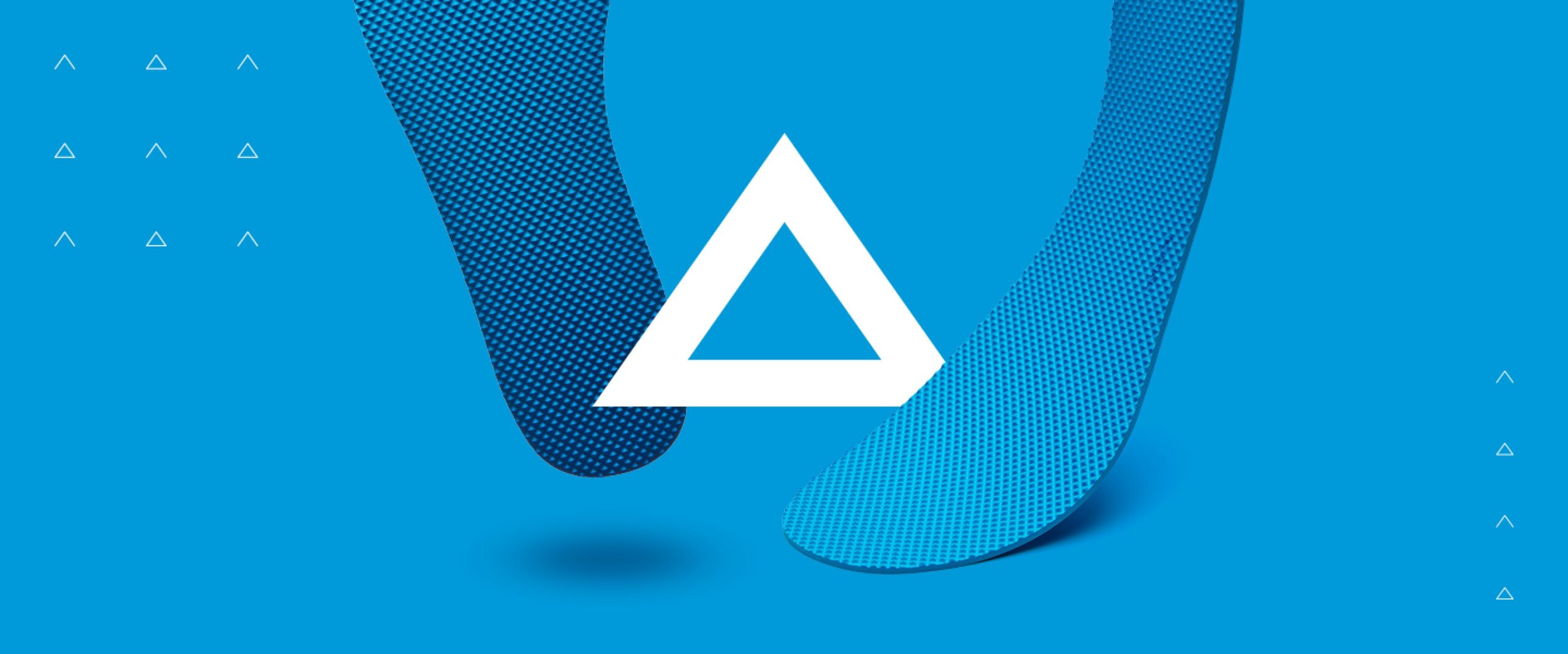Connective Learning & A Relationship of Reciprocity
I recently got home from a business trip and one of the questions someone asked me was: “Why do I ask people, repeatedly, what they’ve learned?” The answer is really simple: Leaders are learners. And I think any of us, whether you’re an intern or a CEO, if you’re 9 or 90, I think those that are in a state of learning, that are experiencing the world through creativity and curiosity live happier lives. More productive lives. More successful lives. So for me, I like to learn through experience. the best way to learn something is to experience it, to do it kinesthetically be a part of it.
And I like to learn through the lens and the eyes of other people. So when I’m asking someone, for example, if I’m sitting with an engineer, one of my counterparts, we can geek out in code because of my background there. Or if I’m sitting with someone who’s a medical professional I don’t know anything about that world. By asking the same question to different people, I get different perspectives. By understanding what they’ve learned, what their experience was, I can start to understand the patterns that show up for them. And that helps me to sort of, close the loops on my blindspots.
It gives me more of a 360 picture of the things around me. By being able to learn something from someone else then I have the opportunity to build the relationship where I can then teach them something. And then we can build this relationship of reciprocity. Which is something a lot of people don’t think about. The more that you give, the more that you naturally receive. Now, I don’t want to sound all “New-Agey” on you but For me, the reason I like to understand what other people are learning is it then allows me to ask questions and calibrate as a result of it. So if I was to ask the audience right now, what’s an example that you learned, Mister Camera-Guy, On the last trip. What was something that you learned? One of the things we’ve picked up on, and the reason I asked you that was you were probably feeling like a lot of the content you’ve been putting out You weren’t happy with the lighting. Because you didn’t have control over it. So now, you’re in this situation where everything has changed and you didn’t realize “Oh man, this is going to be overly dark.” Or “I don’t have enough light.” Or “The temperature or the color is going to be off.”
“Tough to color correct,” right? The reason you learned that was because you went through that experience and you’re not going to learn that through a power point. You’re not going to learn that through an email. You have to learn in that place, with the camera, in that lighting condition. So, I feel that, the reason I ask those questions then I understand the things that you’re learning. If I understand that, shoot set up and shoot lighting is a big thing that you’re interested in, I can share the things I’ve learned about that topic with you. I can share resources with you. The other day I asked a designer in a design review, “What did we learn from that client meeting and that feedback?” And the designer said, “I was focusing too much on the decisions I had made, and didn’t explain it through the view of the user.”
So I asked “What do you mean by that?” And they started talking about font choices, grid-ing, and specific composition choices Which was very very sound, and if their audience was a designer. The designer would really appreciate the effort that went into the grid and the selection and the position of the typography and all those things. But the audience was really someone who was more focused on what is the outcome this designed experience is going to perform.
So when you understand more about your audience, by asking questions, The you can really start to understand the things they need or want, and the more you understand what your audience needs or wants, The more you can be in service to the person you’re communicating with.


